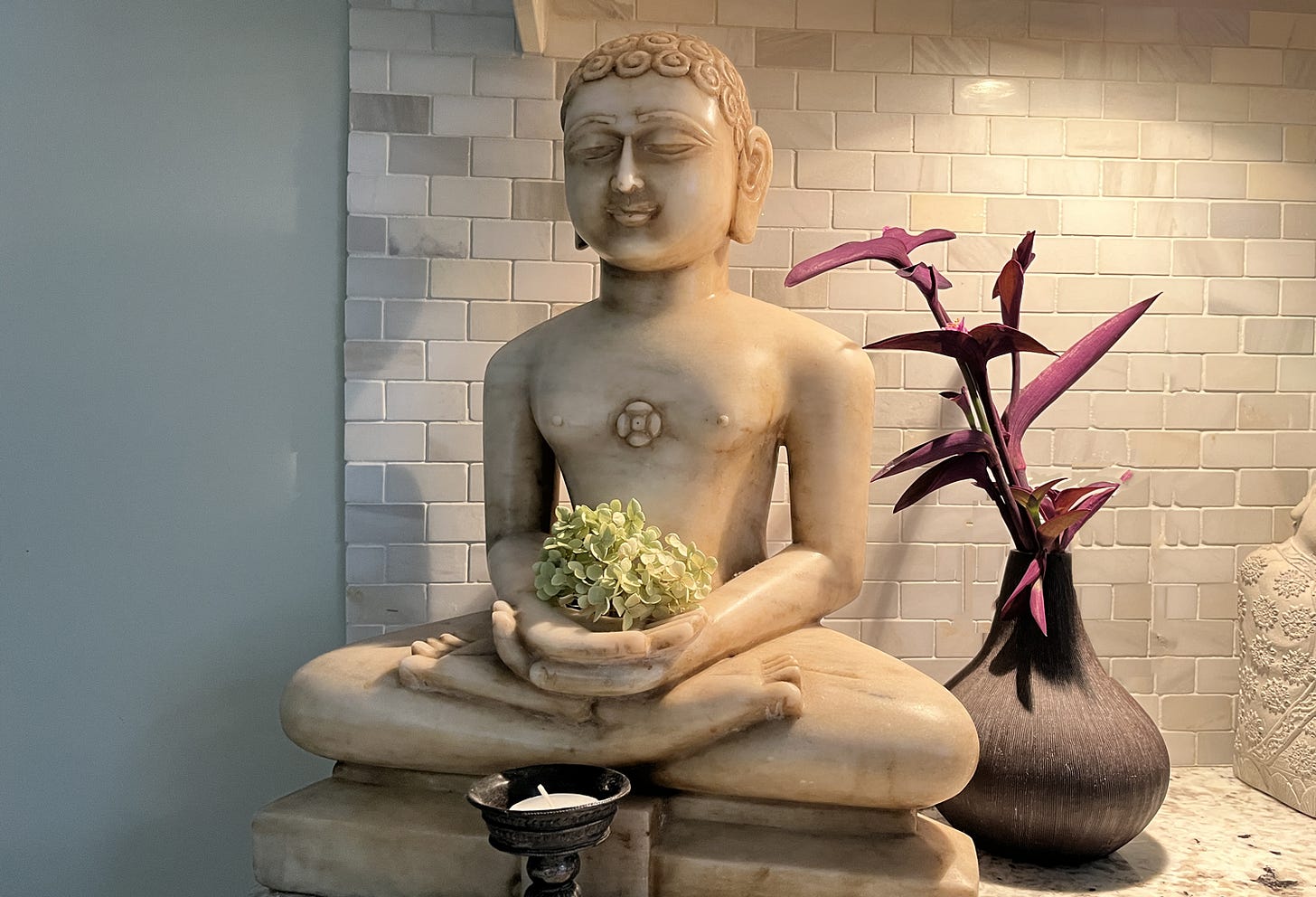Our Unbroken Buddha
The heavyweight on our kitchen counter
It was expensive, but I bought it without hesitation.
The stone Buddha on the antiquity dealer’s table conveyed an immediate sense of hope to me. Its soothing color and the elegant curves of its composure felt like a promise: This is possible for you.
It was a compelling prospect for someone like me, grappling with a recent divorce, re-…
Keep reading with a 7-day free trial
Subscribe to Honestly Human to keep reading this post and get 7 days of free access to the full post archives.



